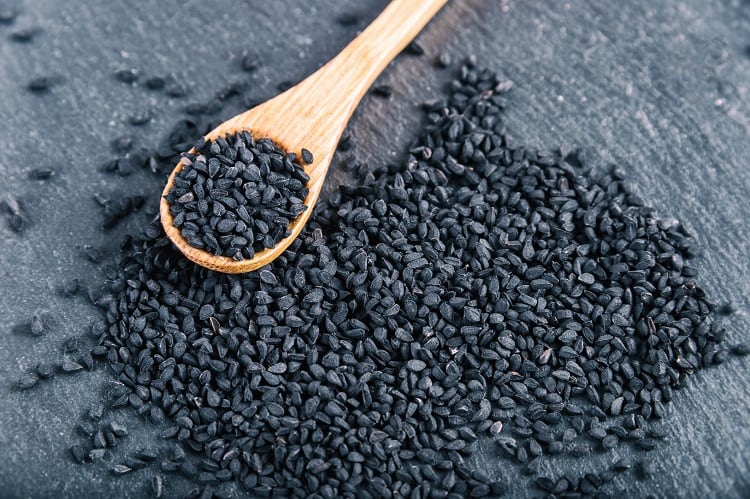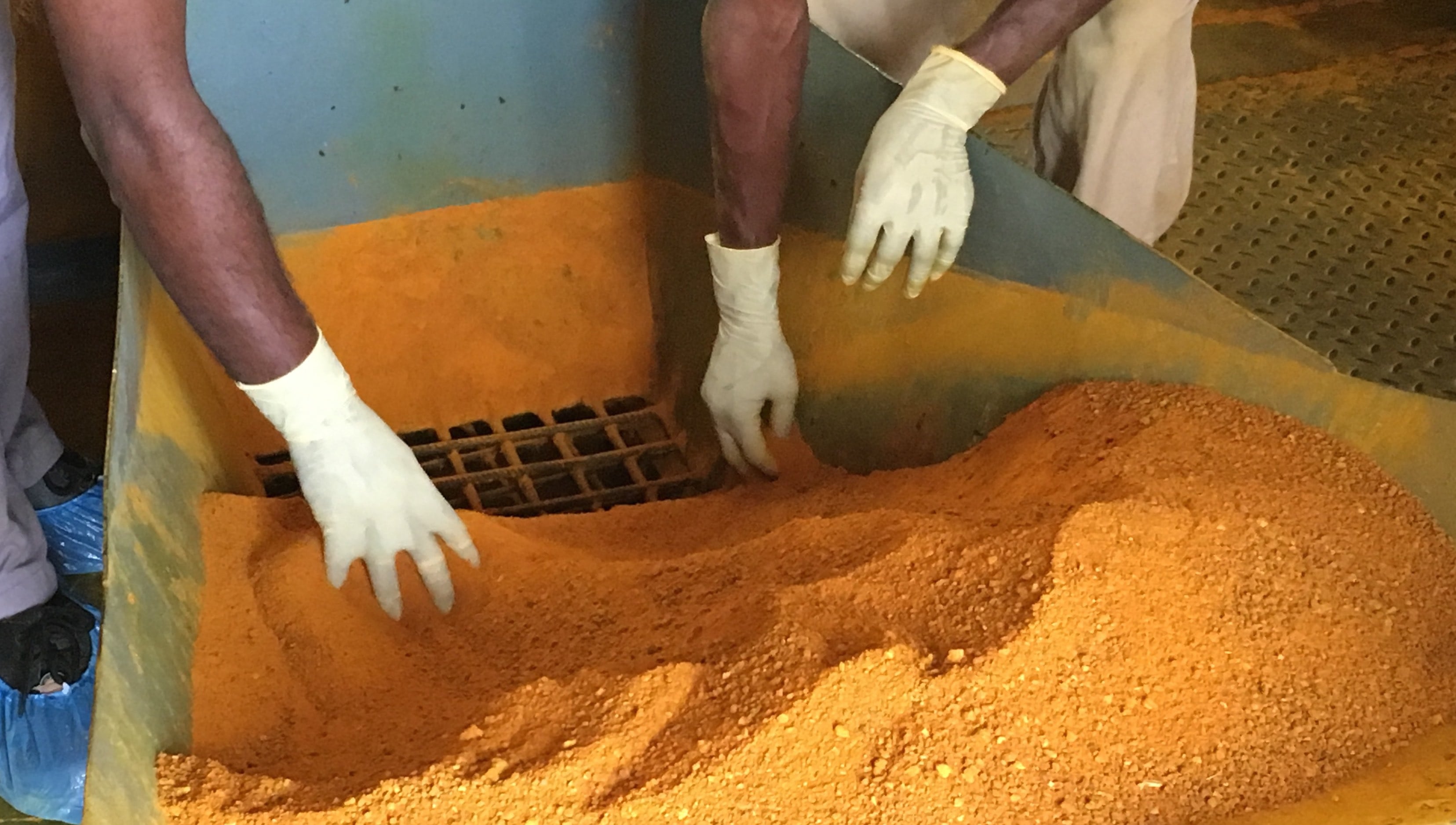Black cumin or black seed (Nigella sativa) is an annual plant native to the eastern Mediterranean and southwest Asia. The species was first named by Swedish botanist Carl Linnaeus in 1753.
Confusing nomenclature
According to a recent article in HerbalGram , the publication of the American Botanical Council, the common names for this plant are somewhat misleading. It is also known as black caraway, but is not related to either of these familiar spice plants. It is also sometimes called simply black seed.
The botanical has a long history of use extending back to Biblical times. According to the HerbalGram article, which was written by Gayle Engels and Josef Brinckmann, archeological evidence shows the plant was in use in Egypt as early as 1300 BCE. Most of the modern supply comes from Egypt, India and Turkey.
Traditional uses for the ingredient include to alleviate headaches and easing difficult breathing. The botanical has a place in the Ayurvedic tradition and was mentioned specifically in the Koran.
Modern research has shown an effect on the inflammation that accompanies asthma flareups. A 2017 randomized, placebo-controlled study by researchers associated with English and Saudi Arabian institutions found enough promise that future, longer-term trials with asthma sufferers was recommended.
In vivo asthma study
In the more recent in vivo study, researchers associated with institutions in Saudi Arabia and Europe, and who declared no commercial conflicts of interest, compared 10 different preparations of the plant. Six of these were prepared by the researchers themselves and consisted of a 100% ethanol extract, three extracts of ethanol and water mixed, a water-only extract, and a preparation obtained by boiling the seeds.
Four commercial extracts were also compared. One was Sabinsa’s supercritical CO2 extract, branded as Nigellin, and three others were cold pressed seed oils from European suppliers.
The 10 extracts were assayed using HPLC for the concentration of thymoquinone, considered to the most important active constituent of the botanical. Sami Lab’s CO2 registered at 2.4% thymoquinone (TQ) concentration; the next most potent product, a cold pressed seed oil from Spain, measured at 0.7%.
The researchers looked at how the extracts suppressed the release Immunomodulatory activity was assessed by the release of mediators (IL-2, IL-6, PGE2) in primary human T-lymphocytes, monocytes, and A549 human lung epithelial cells, all of which are involved in the inflammation associated with asthma.
Sabinsa’s Nigellin had the highest effects in suppressing the release of cytokines IL-2, IL-6 and PGE2 in T-lymphocytes and also in monocytes hindering the expression on IL-2 and PGE2. These are among the most active cytokines involved in asthmatic conditions. The investigators noted a positive relationship between the TQ level in the preparations and its inhibitory potency on IL-6 and PGE2.
However, PGE2 does exhibit beneficial bronchodilatory effects in human lung epithelial cells and Sabinsa’s extract showed an enhanced PGE2 expression in A549 human epithelial cells lines, demonstrating an interesting activity behavior of the maximum-TQ containing Sabinsa’s extract.
In addition to Sabinsa’s extract, the researchers also mentioned the positive activity of the Spanish cold pressed oil, which measured second highest in TQ level at 0.7%.
“The oily TQ-rich NS preparations appeared to be the most potent preparations and are recommended for further investigations in clinical trials,” the authors wrote.
“This method of pharmacological screening combined with a chemical analysis of single or more active compounds should be implemented for other herbal products to identify most active chemically characterized preparations. Such chemical analysis of active compounds is essential prior to using plant extracts in clinical studies,” the researchers concluded.
Source: Frontiers in Pharmacology
Comparative Immunomodulatory Activity of Nigella sativa L. Preparations on Proinflammatory Mediators: A Focus on Asthma
02 October 2018 doi.org/10.3389/fphar.2018.01075
Authors: Koshak AE, et al.



